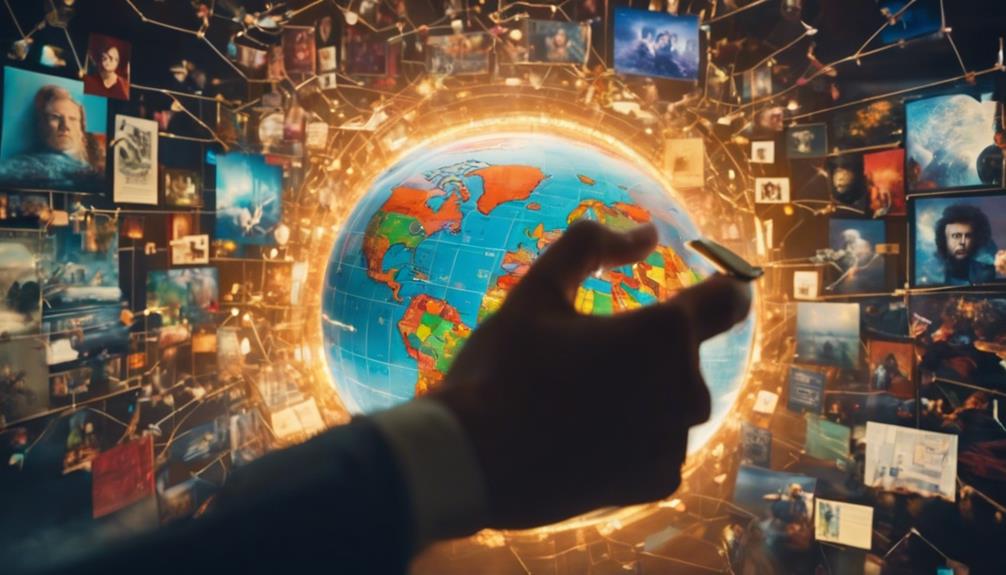Optimizing AI Art Licensing: 7 Best Practices with Creative Commons
Blending Creative Commons licenses and AI-made artwork brings hurdles and possibilities that require careful consideration. Our summary of the seven best practices for managing this area isn’t just about following the law; it’s about building a sense of respect, innovation, and inclusion in digital art. As we outline these practices, from getting to grips with CC licenses to keeping up with new policies, we encourage you to see how these guidelines protect the rights of creators and promote a cooperative and ethical approach to making AI art. What could these practices mean for the future of digital creativity?
Let’s talk about how these practices are more than just rules; they’re a way to ensure that everyone benefits. Understanding Creative Commons licenses is crucial because it sets clear expectations about how artwork can be used. Keeping up with policy changes is also vital as it helps artists and users stay on the right side of the law. These practices are about avoiding legal issues and creating an environment where digital art thrives through collaboration and ethical practices. How might these guidelines shape the digital art scene moving forward?
Key Takeaways
Merging Creative Commons licenses with AI-generated art introduces challenges and opportunities that demand thoughtful navigation. Our distilled insights emphasize fostering mutual respect, sparking innovation, and ensuring inclusivity in the digital art space. Here are three condensed takeaways:
- Understand Creative Commons for clear usage terms.
- Stay updated with policies to remain legally compliant.
- Promote ethical collaboration in digital art creation.
These guidelines protect creator rights while encouraging a community-driven and ethical approach to AI art. How will these principles shape the future of digital creativity?
Understand CC Licenses
Understanding Creative Commons (CC) licenses is vital for artists aiming to make sense of copyright laws. These licenses provide a way to set rules on how others can use and share their work. CC licenses are essential in AI, where creating and training models often involve using many different content. They offer a legal way for creators to outline how their work can be used, shared, and altered. CC licenses give artists control over their work, from full copyright to allowing their work to be freely used, helping to promote a culture of sharing and innovation while protecting their rights.
When it comes to using content for AI development, CC licenses are vital. They allow AI developers to legally use a wide range of content to train AI models, ensuring they follow copyright laws. This helps create a balanced situation where both the development of AI and the rights of the original creators are respected, leading to technological advances while maintaining copyright integrity.
Review AI Training Material
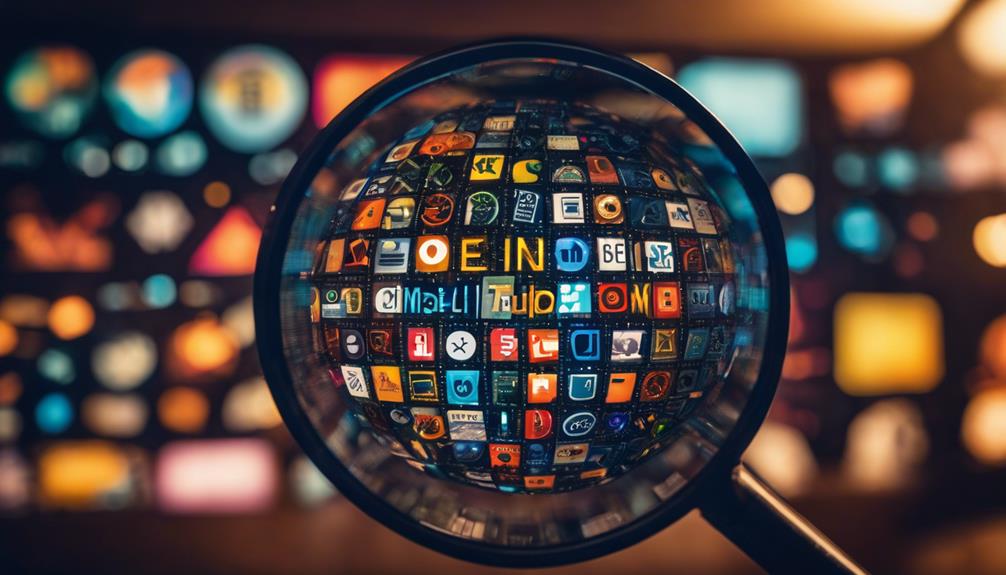
Checking AI training materials to ensure they follow Creative Commons licenses is critical to protecting the process of AI development and the rights of those who created the content. It’s about ensuring these materials meet the rules of CC licenses, which cover things like giving credit to creators, allowing others to use the work similarly, and not using the material for profit.
It’s also critical to ensure that using AI training materials doesn’t break copyright laws or existing license agreements. This means understanding the details of CC licenses and being up-to-date with copyright and intellectual property laws. By carefully checking AI training materials for compliance, developers and creators can use copyrighted materials in AI development ethically and legally.
Navigate AI Outputs
Navigating the intricate world of AI-generated content, such as paintings, music, and texts, demands a clear understanding of ownership, licensing, and attribution issues. This area brings unique challenges for creators, users, and legal professionals. We must focus on a few critical aspects to use these digital creations ethically and in line with copyright laws.
Understanding the licensing terms of the AI tool you’re using is critical. This helps define the legal boundaries for the content it produces. It’s also vital to look at the AI’s unique output. The more original the artwork, the more likely it is to have copyright implications that might require giving credit to the AI.
The material used to train the AI has a significant impact, too. If the AI was trained with copyrighted content, this could affect the rights to use what it creates. Keeping detailed records and being transparent about the terms of use for AI-generated content helps avoid legal issues.
These steps are essential for responsibly enjoying the creative potential of AI and ensuring we respect the rights of all involved.
Consider Beyond Copyright
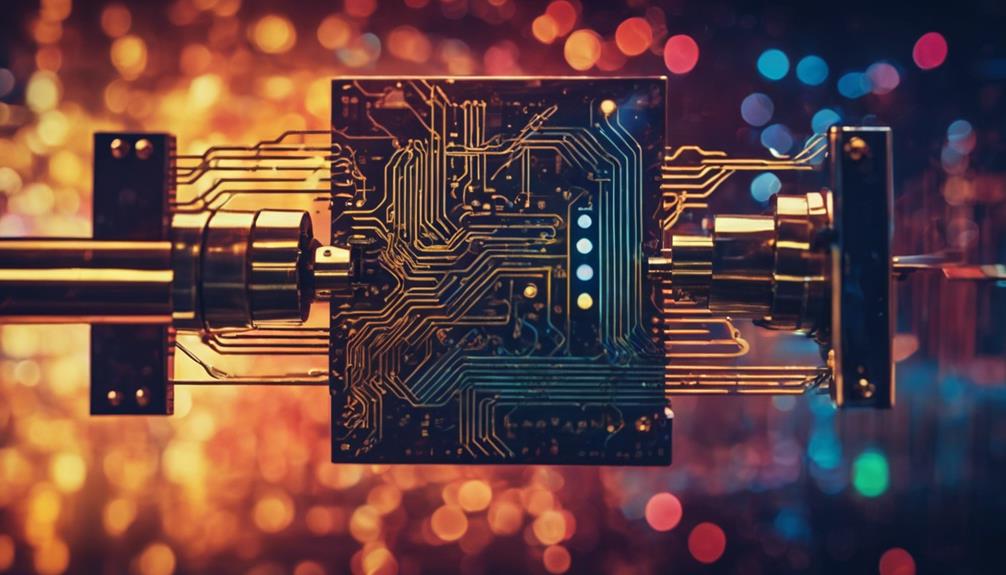
In AI artwork licensing, looking beyond just the legalities is vital. We must consider ethical guidelines, ensure everyone knows who created the work and understand the boundaries of using these licenses. These steps are essential for aligning AI-created content with the values of society and the rights of the creators.
Ethical guidelines help us use AI art in a way that’s fair and respects everyone involved. Clarifying who made the art ensures creators get the credit they deserve. Knowing the limits of licenses helps prevent the misuse of AI artwork. These measures ensure AI art benefits everyone somewhat and respects creators’ rights.
Ethical Use Guidelines
When using Creative Commons to share AI-created art, it’s crucial to consider more than just copyright issues. The role of AI in art brings up new ethical questions that need careful consideration. We must protect people’s privacy in creations made by AI. It’s also necessary to work on removing biases in AI to promote equality and ensure everyone is included.
Looking at the economic effects, avoiding taking advantage of people, and ensuring the benefits are shared somewhat is essential. Creating clear rules and being open about how AI is made and used is vital to maintaining ethical standards.
Attribution Essentials
Grasping the concept of attribution is vital when sharing AI-generated artwork under Creative Commons licenses. It’s about more than just following the law; it’s a method of showing respect to the original artist by acknowledging their contribution, outlining the license used, and pointing out the artwork’s origin.
Including this information within the metadata or in an accompanying description isn’t just a good practice for clarity—it’s fundamental for maintaining the Creative Commons system’s integrity. Such thorough attribution ensures adherence to the licensing terms, protecting the original creator’s rights.
It promotes a culture of appreciation and recognition within the community, helping to keep the spirit of Creative Commons alive.
Licensing Limitations
Creative Commons licenses offer a way to share AI-created dog breed artwork, but they don’t cover all the legal and ethical challenges that come with artificial intelligence.
- The limitations of these licenses go beyond copyright issues, highlighting the need for an understanding of ethical considerations and privacy laws in AI development.
- Creative Commons licenses aren’t enough to address legal concerns related to data privacy and reducing bias.
- Compliance with Creative Commons is crucial, but additional measures are necessary to navigate the complexities of AI-created dog breed artwork effectively.
- Creators must recognize and tackle these limitations to ethically handle AI-created content, promoting responsible AI development and usage.
Engage With Creators
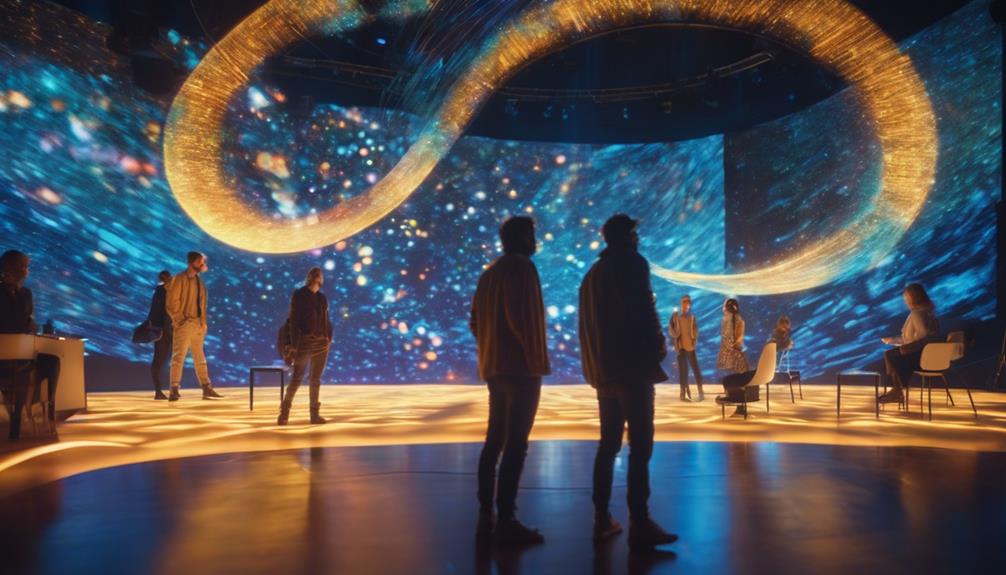
Talking to artists is vital in using their work to help train AI that creates art. By bringing creators into the conversation, we can ensure AI art respects their wishes and sparks important talks about keeping things ethical.
Here’s how to go about it:
- Understanding what artists think about AI art and licensing is crucial. You can do this by running surveys or organizing groups where creators can openly share their views.
- Figuring out the best Creative Commons (CC) license for AI-created pieces means working closely with artists to see which options fit best.
- Ensuring artists get the credit they deserve under these CC licenses involves asking them how they want to be acknowledged.
- Respecting an artist’s moral rights means having honest conversations about how their work is used in AI-generated art.
- They are being transparent about how AI art is licensed, which means including artists in the decisions that affect how their work is used.
This approach meets ethical standards and solidly supports artists navigating the new territory of AI-made art.
Promote Inclusive Practices
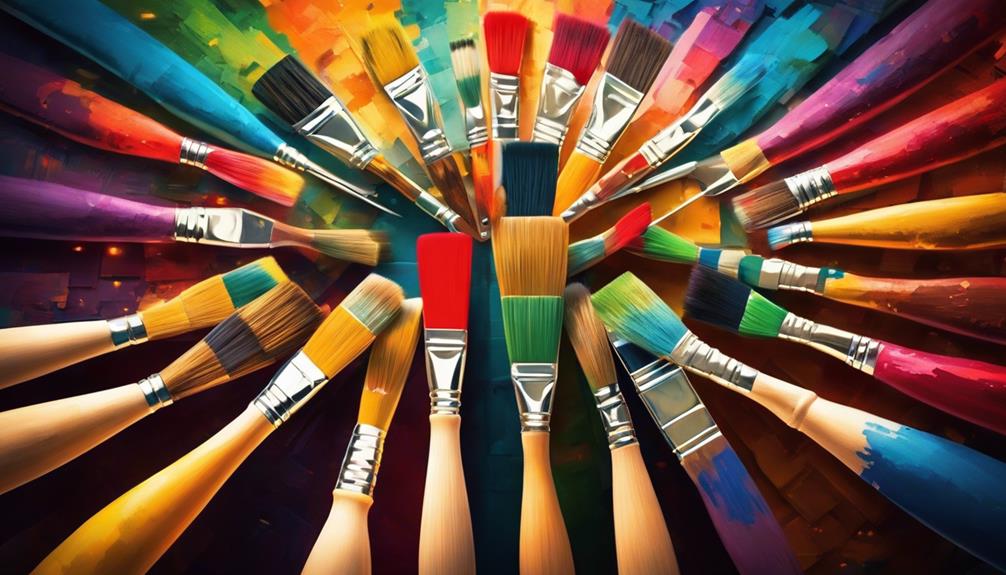
Encouraging Creative Commons licenses in AI artwork licensing paves the way for a more united and varied artistic community. These licenses are crucial because they allow AI-created art to be shared, reused, and adapted while respecting the original creators’ rights. This approach enhances accessibility and encourages cooperation among artists.
Creative Commons Attribution is vital in ensuring artists are credited for their work. This acknowledgment is essential as it highlights creators’ contributions to AI art. Adopting such practices supports a culture where sharing and creativity can thrive, benefiting everyone involved.
Inclusive licensing practices are the backbone of a system that allows AI artworks to be distributed freely. This openness is crucial in sparking innovation and fostering creativity across the community. When artists can share their work quickly, it leads to a more decadent, diverse collection of art that everyone can enjoy.
Promoting ethical sharing is about building a community that values fairness and respect. It’s about making sure that all uses of AI artwork are based on principles that consider everyone’s contributions as valuable. This approach not only supports the creators but also enriches the artistic ecosystem.
The goal is to nurture a diverse creative ecosystem. Through the encouragement of sharing and collaboration, Creative Commons licenses play a significant role in creating a vibrant and inclusive art community. This diversity is essential for continuously evolving and enriching the artistic landscape, making it an exciting and welcoming space for all.
Stay Informed on Policies
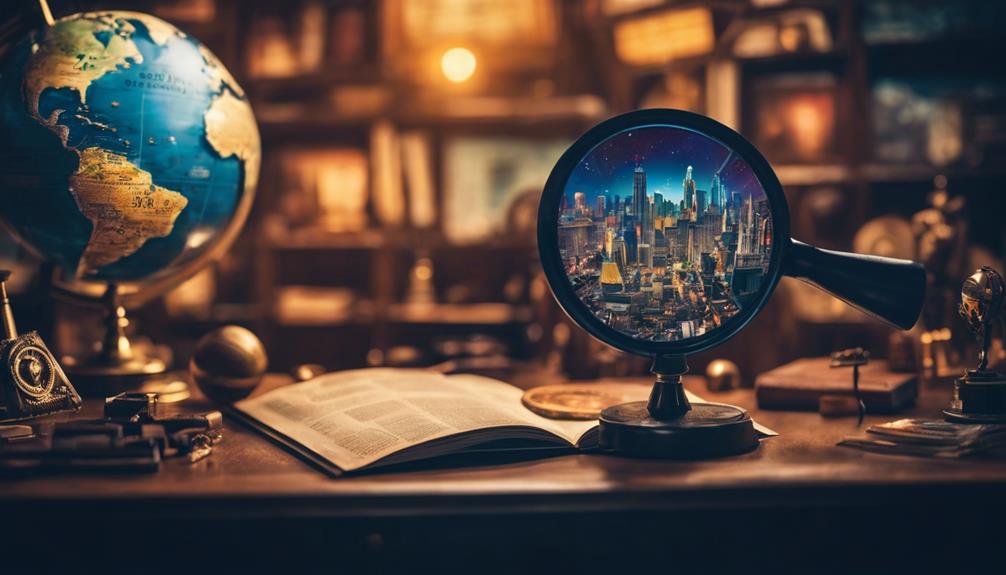
Keeping up with the changing rules around AI art licensing is vital for artists and creators. As AI-generated art becomes more common in online and creative markets, knowing the rules about how this art can be shared and used is essential. Artists need to understand Creative Commons licenses to ensure they share their AI art legally and respect others’ rights.
Sticking to the rules when using Creative Commons for AI artwork helps avoid legal problems. It respects intellectual property and ensures artists follow the proper licensing steps. To keep up with the latest standards and practices, artists and industry stakeholders should regularly check for regulation updates.
Getting involved with the Creative Commons community and using its resources can help artists understand the complex world of AI art licensing. This forward-thinking approach lets artists innovate while respecting legal and ethical guidelines.
Frequently Asked Questions
Which Creative Commons License Should I Use?
- Choose wisely based on your goals.
- Consider sharing and modifying rules.
- Public domain dedication varies.
Are Images Licensed Under Creative Commons, Okay to Use in Your Projects?
- Images under Creative Commons are okay to use, with proper credit.
- Check commercial use limits and derivative rules carefully.
- License compatibility ensures legal safety and ethical image use.
What Are the Guidelines for Using a Copyrighted Work Through a Creative Commons License?
- Follow fair use and respect original work limits.
- Credit the creator; it’s a must, not an option.
- Understand modification rights; not all works can change.
What Do Most Creative Commons Licenses Require?
- Attribution is always required.
- Share-alike terms limit specific uses.
- Non-commercial use is often specified.
